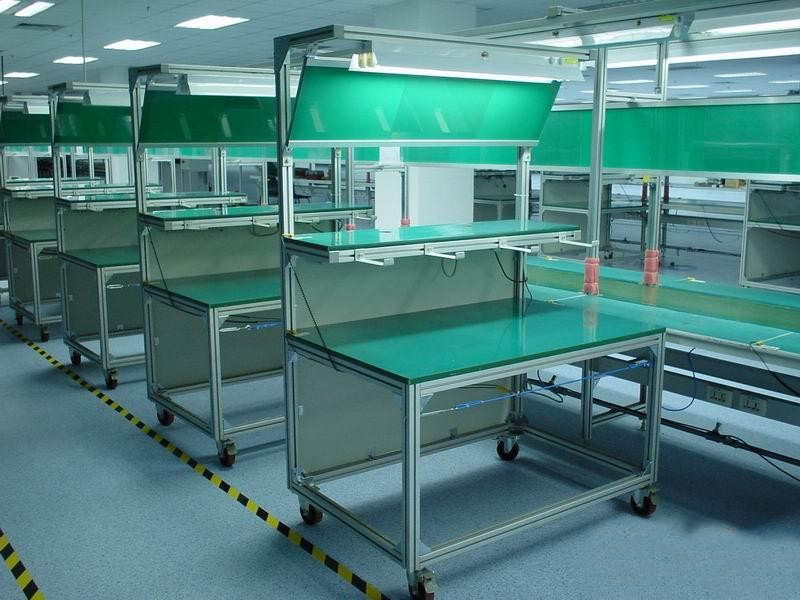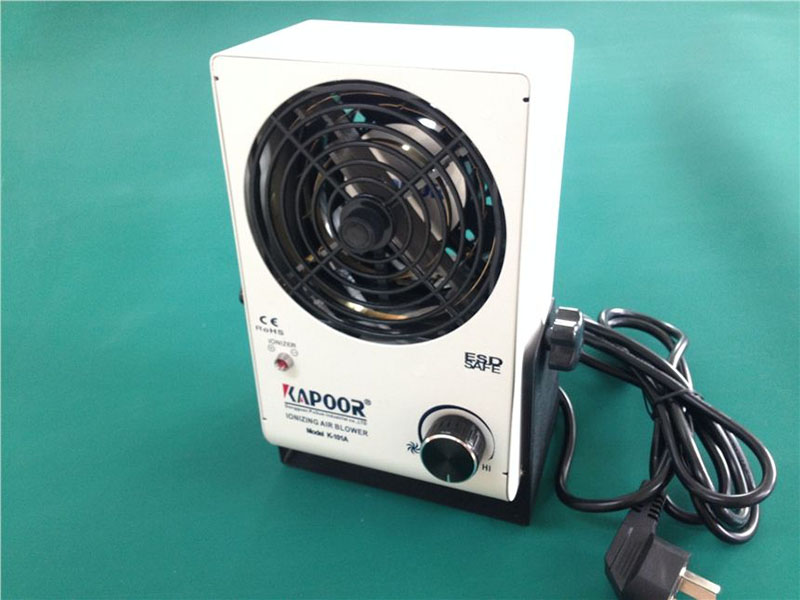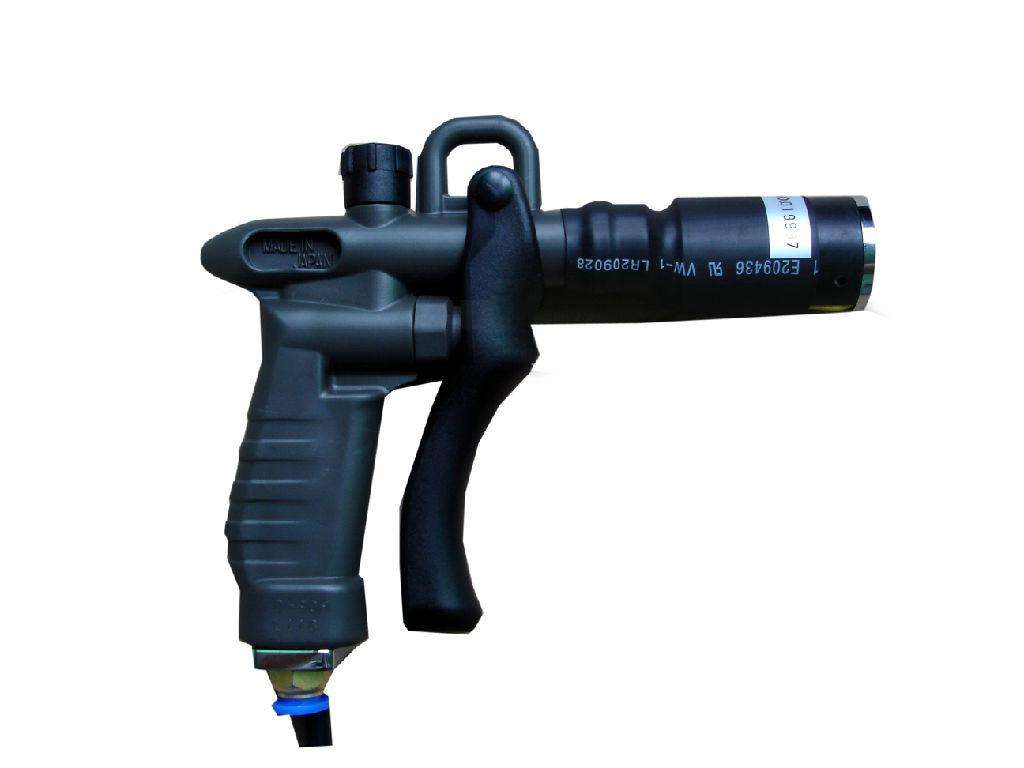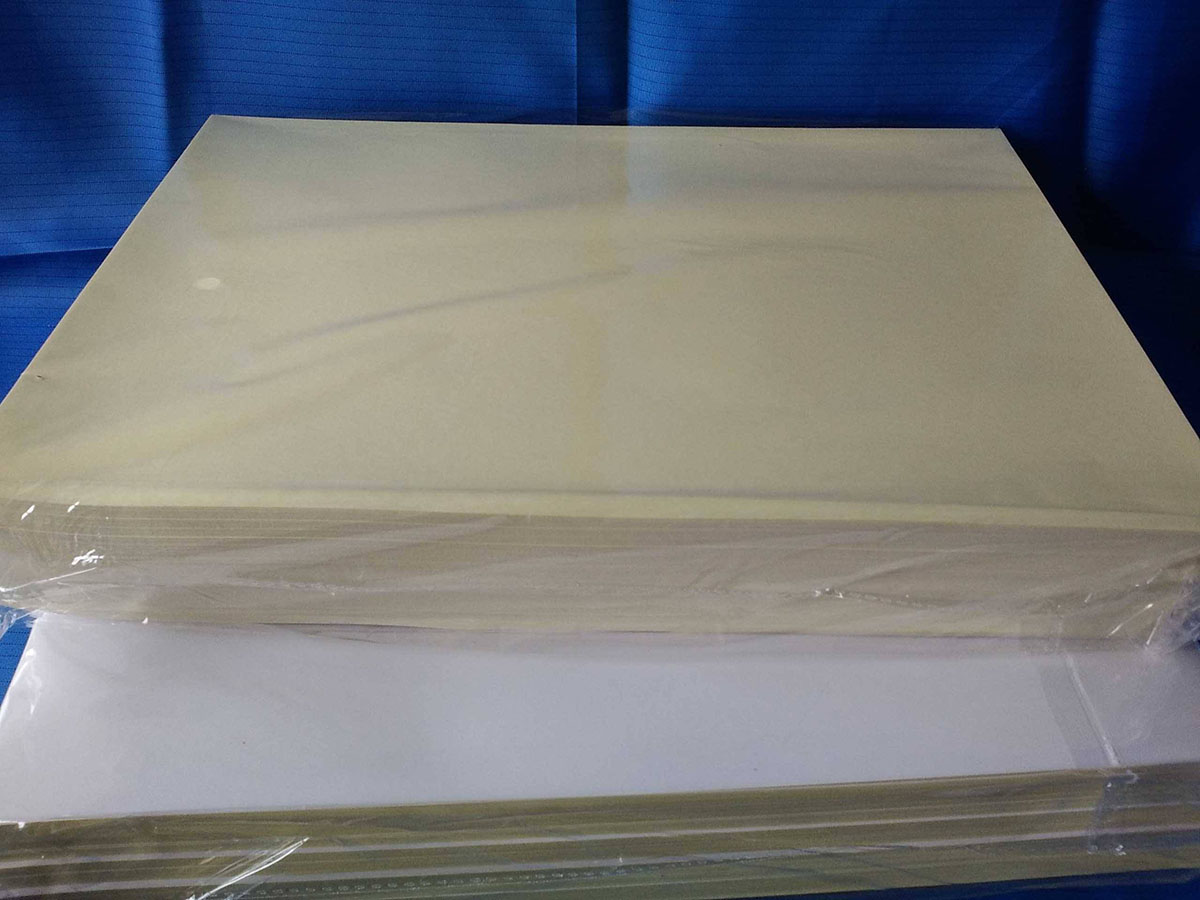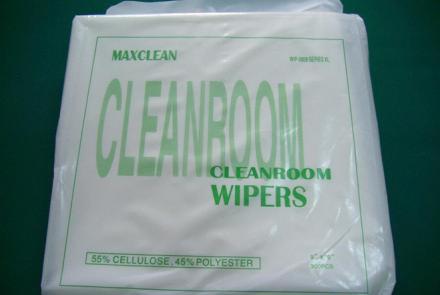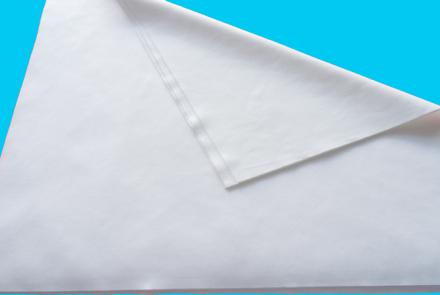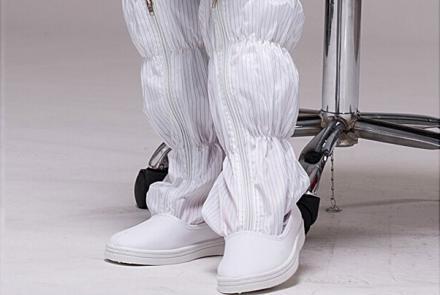Selection of anti-static stools
Anti-static stools are commonly used as anti-static equipment in dust-free workshops. Recently, many friends are asking about it . In fact, there are many types and materials of anti-static stools. They are generally divided into four round stools with round legs, and there are round stools that can be raised and lowered. It is generally divided into stainless steel, plastic, leather and foam. So, how to choose an anti-static stool?
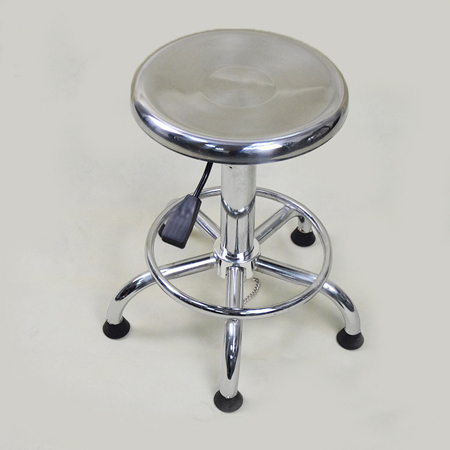
First, the anti-static stool made of stainless steel is mainly made of 304 stainless steel and 201 stainless steel, two kinds of stainless steel raw materials. This anti-static stool has a relatively high degree of corrosion resistance and is suitable for use in acid or alkali or corrosive environments, such as laboratories or clean rooms.
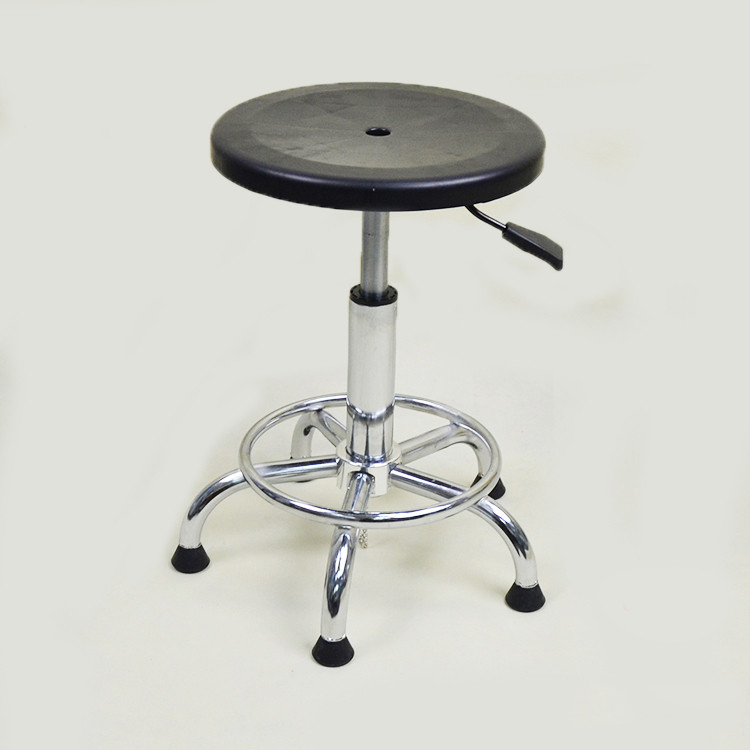
Secondly, anti-static stools made of plastic materials are generally made of high-quality plastic with good texture and good color of plastic raw materials. However, there are currently some stools made of waste plastics, but such stools cannot meet long-term use. The life span is relatively short, the stool is easy to break, and the surface is relatively brittle. The way to distinguish this stool depends mainly on whether the plastic is white, with good plastic materials, good texture, and beautiful color. There is also an anti-static stool made of good plastic. The price is generally higher. For cheaper stools, you must be careful.
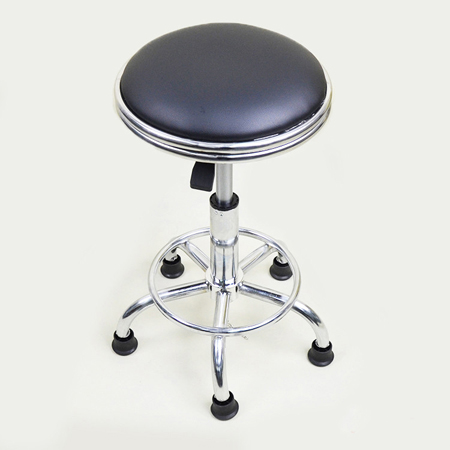
Thirdly, it is an anti-static stool made of leather material. It is also divided into two types: PU and PVC. The quality of PU is better than PVC. The measurement standard for determining the quality of PU leather depends mainly on the anti-static index of PU leather. Data given by the industry It shows that if the index is higher, the effect of discharging static electricity is poorer , and the lower the index, the better the effect of discharging static electricity.
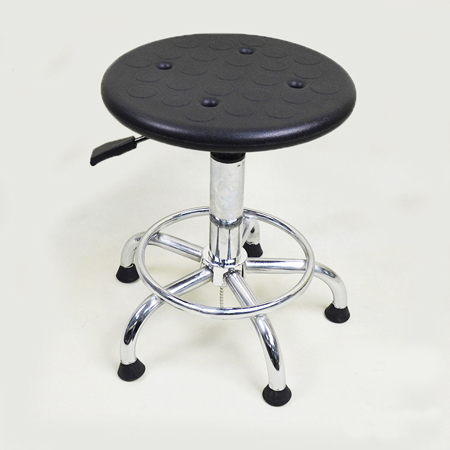
Finally, it is the antistatic stool made of foam material. It should be noted that many foam types of antistatic stools have different appearance shapes, so the thickness is different. The thicker the thickness, the higher the price. If the thickness is thinner, the relative price is cheaper.


